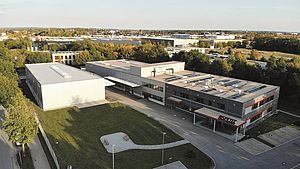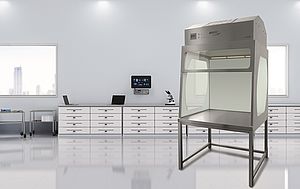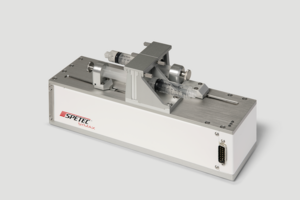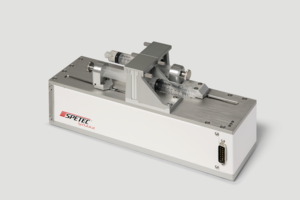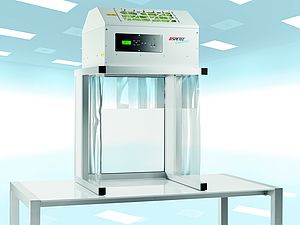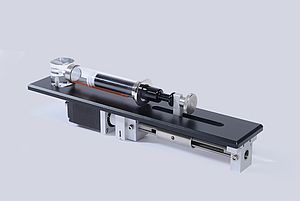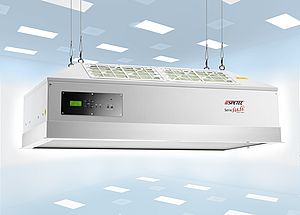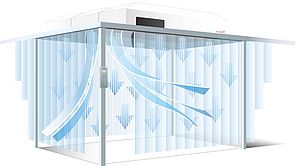Particulate matter consists of a complex mixture of solid and liquid particles and is divided into different fractions according to the particle size. A distinction is made between PM10 and PM2.5 (PM = particulate matter) with a maximum diameter of 10 and 2.5 micrometers (µm) respectively, and ultra-fine particles with a diameter of less than 0.1 µm.
Particulate matter is released from a variety of sources. These include domestic heating and power generation plants, business operations, industrial plants and especially road traffic (diesel soot, abrasion from tires and brakes). Mean annual PM10 values between 15 and 20 µg/m³ are common today, with a trend towards decreasing concentrations being observed. However, the number of particles is increasing dramatically. In enclosed spaces, smoke from tobacco products, emissions from laser printers (up to 2 billion particles per printed page) and humans themselves are sources of particulate matter pollution. The deleterious effects on health of particulate matter vary depending on the size and penetration depth of the particles. They range from mucous membrane irritation and local inflammation in the trachea or bronchi to increased plaque formation in the blood vessels. In order to protect human health, strict annual average limits of 25 µg/m3 therefore apply to PM2.5 particles. As of 2015, adherence to this limit has been mandatory, with the exception that the daily mean PM10 value of 50 µg/m³ may be exceeded up to 35 times per calendar year.
Particulate matter is also posing an increasing threat to many technical processes. In production and packaging, it can alter or impair the properties of products and even destroy optical and electronic components! This is the reason why certain products must be protected from particulate matter under clean room conditions. However, extracting particulate matter is a major technical challenge. Particulate matter can only be removed from the air by properly cleaning the air in the room.
High performance H14 filters allowing 99.995 % of all particulate matter to be efficiently filtered out
In this context, filter technologies in particular have proven to be a cost-effective alternative. They can be easily retrofitted as needed. This applies equally to complex clean rooms and to smaller filter units, known as laminar flow boxes, because both systems are based on the same filter technology.
A laminar flow box, for example, such as the FBS series from Spetec GmbH uses high-performance class H14 filters. This allows 99.995 % of all particulate matter to be efficiently filtered out (based on a particle size of 0.12 μm) . In this way, the air quality in the interior can be improved by at least 10,000 times compared with the ambient air in the production area. The use of a laminar flow box is an effective measure in the fight against the increasing number of particles. In other words, the most effective way of ensuring the quality and correct operation of products is to use a clean-room workspace.




